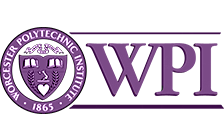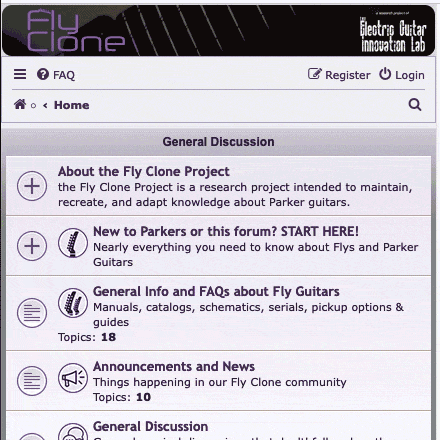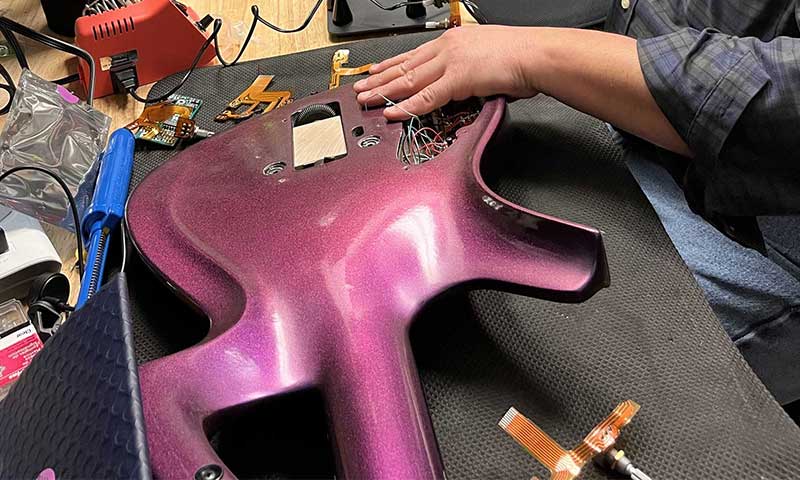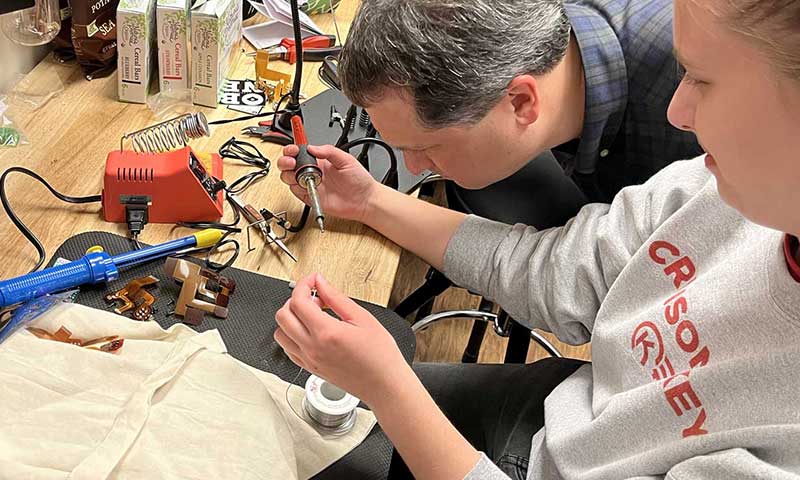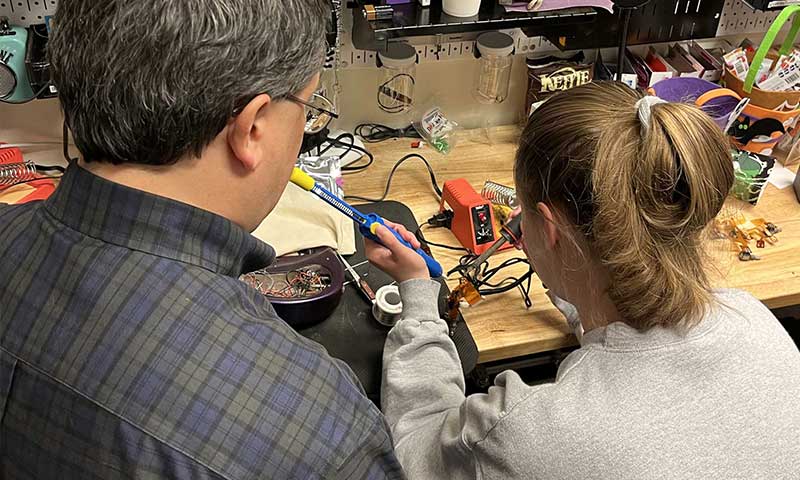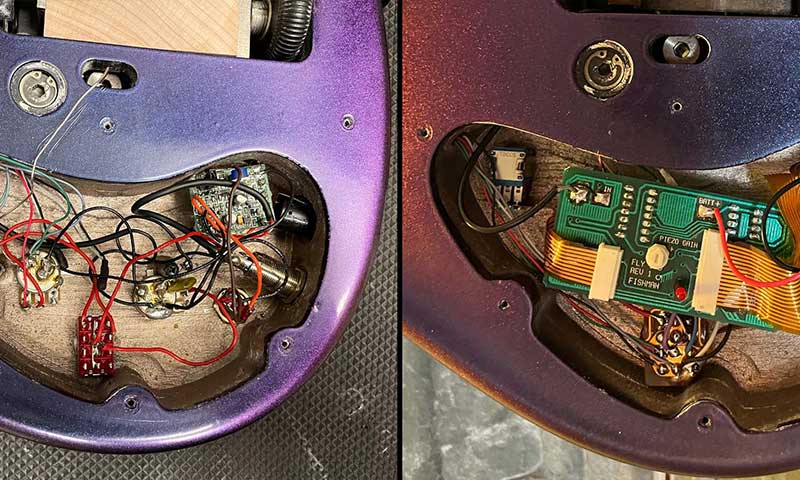Projects: Fly Clone - a research, preservation, and adaptation effort
Overview
Many innovative products have had limited staying-power in the music instruments marketplace. As a means of advancing the discipline, the development of new musical tools might ideally untether itself from the mechanisms of sustaining a business—this is rarely possible. The musical instruments industry and specifically electric guitars (a roughly $1.5 billion a year market), though diverse and multifaceted, is shadowed by the scope of, for instance, the lipstick industry (a roughly $13 billion a year market)...not the entire makeup industry: just lipstick! That is to say: there is some money to be made in the musical instruments industry, but not as much as one might think relative to other industries. As an unfortunate consequence, most musicians can likely think of at least one musical invention—an effect, an instrument, a component of an instrument—that was innovative, but, nonetheless, is no longer in production. The Parker Fly guitar is one of those innovations.
This article will not detail the many innovative aspects of these remarkable instruments or the story of how Parker Guitars produced these wonderful instruments for more than two decades. What we will focus on, however, are the questions many musicians who embrace such innovative products in their creative and professional work must unfortunately ask themselves from time to time:
—Where do musicians get support for their instruments when the manufacturers of those instruments disappear and there are no longer any “authorized service centers”?
—Will anyone preserve knowledge about these innovative tools for current players, posterity, historicity, and education?
Parker Guitars was founded by Ken Parker and Larry Fishman and came to market in 1993 under the umbrella of Korg, and was sold to the U.S. Music Corp. family of companies in 2003, which, itself, was then acquired by the larger multinational, multimillion dollar corporation Jam Industries in 2009. Production of Parker Fly guitars ceased in 2015. Since 1993, Parker Guitars had offered support and repair services for these instruments and, in the mid-2000s, Parker Guitars introduced a community-driven online forum where owners, employees, and others exchanged knowledge about these instruments. This official forum remained active even after production of Parker Guitars had ceased in 2015. In 2018, Jam Industries was acquired by the multi-national global corporation DCC, and one year later, in September 2019, the official Parker forum, its database, and all website content were taken offline by the owners. When this occurred, the only official centralized and open knowledge-base for these instruments ceased to exist, a decision that left thousands of musicians worldwide without any "official" support regarding their instruments.
The Electric Guitar Innovation Lab, as a research lab, is uniquely positioned to address these questions without the same financial constraints of businesses in the musical instruments industry. Toward this end, Faculty and students in the Electric Guitar Innovation Lab have worked together with members of the Fly Clone community to develop replacent parts for Parker Guitars, preserve knowledge about these instruments, facilitate a curated knowledge-base, and prototype new products for musicians who play these instruments.
the Fly Clone Project: a community
The Electric Guitar Innovation Lab began the Fly Clone project in 2018 as means to maintain, recreate, and adapt knowledge regarding Parker guitars. Seeing the growing and eventual need for replacement parts and services related to these instruments and the likelihood that the owners of the Parker Guitars brand would discontinue support for their website and forum, the initial effort the Fly Clone project was to develop a public forum that mirrored the structure and functionality of the official Parker Guitars forum. The two forums existed in parallel in 2019. FlyClone.com, as a community, requires no registration or fees to access the information, which includes manuals, wiring guides, and other documentation. Members of the "old forum" as well as new users began to post questions, answers, and ideas for adaptations and modifications related to these unique instruments.
Around the same time, Ken Parker and the EGIL began working together on projects related to Ken's archtop guitars, and Ken soon had an official WPI affilation with the lab. As the Fly Clone community grew, Ken began to contribute to a special section of the site called Ken's Corner. Many of the former employees who once worked at Parker Guitars during its 22-year tenure also joined the community and have since contributed to the preservation of knowledge about this unique phenomenon.
Goals of Fly Clone
The Fly Clone project has several overarching goals:
Goal one of Fly Clone Project was to model or source every component of the original Parker Fly guitar (1993-2003) as well as some aspects of the early "refined" (2003+) Parker Fly and some other models; this includes a comprehensive list of all instrument components including electronic components, screws, and so on. Producing CAD models of all components has ultimately allowed us to reverse-engineer, redesign, and iterate on critical Fly components.
Toward this goal, the EGIL and the Fly Clone community developed the Anatomy of a Fly page that details every component of the Fly guitar, sourcing off-the-shelf parts when possible and linking to our growing open-source repository of models. Goal two involved determining how best to make the “cloned” parts available to Fly owners through a sustainable workflow. In this capacity, after we prototype, refine, and test products, we've made them available to musicians through various online marketplaces. Goal three involved the creation of the advanced and specialized tooling used to create specific Fly components including springs, the fretboards, and stainless steel frets. Goal four involved the adaptation of existing parts for new functionality and operation, and ultimately: experiments toward new innovations. You can follow the latest Fly Clone developments here.
Current and Future Work
A critical component of Fly guitars was a unique flexible printed circuit board (PCB) that connected the magnetic and piezo transducers inside the instrument, a fragile part susceptible to tearing; once torn, core functionality of the instrument is lost and no replacement part existed. Students working in our lab helped develop a replacement set of these parts and, as shown in these images, students worked hands-on with an EGIL advisor in an independent study project to remove a patched electronics repair and restore the instrument's original functionality.
Our roadmap ahead for Fly Clone inherently creates similar opportunities for students to get involved in the analysis, developing, manufacturing, testing, and development of additional proprietary components including an innovative flat vibrato spring. Preservation efforts like Fly Clone come to exist when people care about retaining knowledge of unique innovations. Though this article is focused specifically on Parker Guitars, the Electric Guitar Innovation Lab is involved in a variety of noteworthy guitar preservation efforts including Fretology, and we regularly explore ways to support other niche communities of musicians whose favorite music tools are no longer in commercial production. If you are passionate about a particular musical instrument innovation that has been disbanded and is in danger of being forgotten, please contact us.
Project Personnel
-V.J. Manzo, Founding Director and PI of the Electric Guitar Innovation Lab; PI, WPI Faculty, Fly fanatic
-The Fly Clone community of members, contributors, collaborators, and moderators
-The many WPI students who have participated in this research and music-making including Ryan Tougas, Alan Hunt, Nathan Rose, Tom Ward, Colin Mashack, Brent Reissman, Shintaro Clanton, Ben Watkins, Ryan Eastwood, Lorenzo Castoldi, Avery Ingegneri, Shane Whittaker, Evan Duffy, Palawat Busaranuvong, Michael DeFrancesco, Ruyue Wang, Abby O'Sullivan, Sam Joy, Nathan Sarachick, Tony Amico, Ava Mattimore, Leagsaidh Collis, Imogen Barnes, Darcy Milligan, and, of course, the Lab RATs ![]() .
.
All product and company names are trademarks or registered trademarks of their respective holders. Parker Guitars, Parker, Fly, Fly Guitar, and NiteFly are registered trademarks of U.S. Music Corp, a division of Jam Industries, LTD. Use of these marks does not imply an affiliation with U.S. Music Corp, Parker Guitars, or its parent companies and does not imply an endorsement by these companies.

